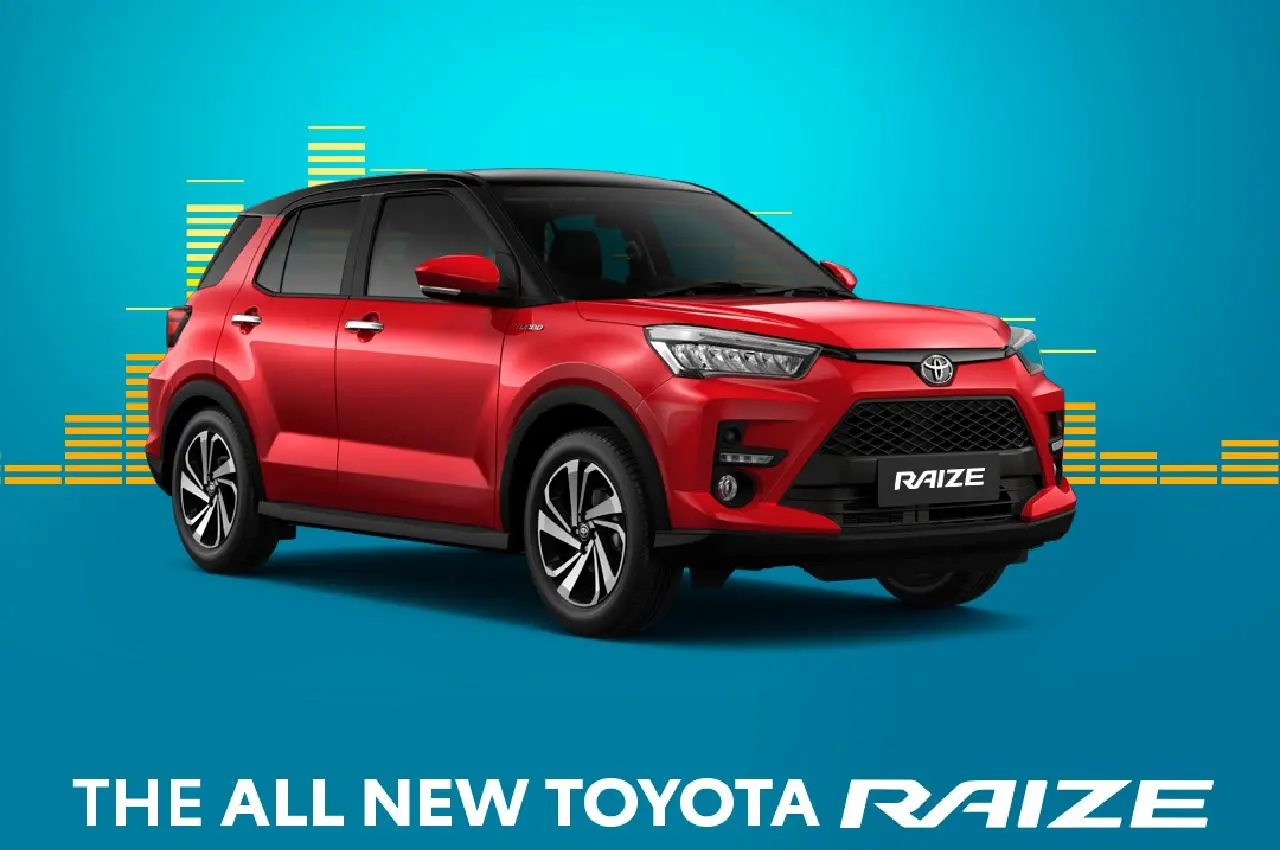Blockchain technology is rapidly evolving, with a core focus on Layer 1 chains – the foundational networks that form the backbone of the decentralized world. In 2025, the landscape of these base protocols is more vibrant and competitive than ever, each vying to solve the “blockchain trilemma” of scalability, security, and decentralization. For individuals looking to understand or invest in the future of decentralized applications (dApps), finance (DeFi), and NFTs, understanding these leading blockchain Layer 1 chains is crucial.
Here in Mumbai, and indeed globally, the buzz around Web3 continues to grow, and the underlying blockchain Layer 1 chains are what power this innovation. Let’s dive into the top 5 blockchain Layer 1 chains that are currently dominating the space, examining their unique features, use cases, and market standing as of June 2025.
What is a Blockchain Layer 1 Chain?
Before we jump into the top players, let’s clarify what a blockchain Layer 1 chain is. It refers to the fundamental, base-level protocol of a blockchain network. These are the “mainnets” where transactions are directly processed, validated, and finalized, acting as the primary source of truth for their respective ecosystems. Examples include Bitcoin and Ethereum. Layer 1 chains handle their own consensus mechanisms (like Proof-of-Work or Proof-of-Stake) and host their native cryptocurrency, which is used to pay for transaction fees (gas). Understanding blockchain Layer 1 chains is key to grasping the core infrastructure of the crypto world.
Top 5 Blockchain Layer 1 Chains in 2025
The following blockchain Layer 1 chains represent the cutting edge of the industry, offering diverse approaches to scalability, security, and developer experience.
1. Ethereum (ETH)
- Market Cap (approx. June 2025): ~$300-$330 Billion (often fluctuating as the second-largest crypto by market cap)
- Key Features:
- Smart Contract Pioneer: Ethereum introduced smart contracts, enabling the creation of decentralized applications (dApps), DeFi protocols, and NFTs. It’s the undisputed leader in this space.
- Proof-of-Stake (PoS): Post-“Merge” (Ethereum 2.0), Ethereum moved from Proof-of-Work to Proof-of-Stake, drastically reducing its energy consumption (by ~99.95%) and setting the stage for future scalability upgrades like sharding.
- Vast Ecosystem & Developer Community: It boasts the largest and most active developer community, leading to an extensive ecosystem of dApps, wallets, and tooling.
- Use Cases: Decentralized Finance (DeFi), Non-Fungible Tokens (NFTs), Enterprise Blockchain Solutions, Decentralized Autonomous Organizations (DAOs), Web3 gaming.
- Why it’s a leader: Despite past scalability challenges (high gas fees), Ethereum’s first-mover advantage, robust security, and ongoing development make it the standard for programmable blockchains. Its large network effect ensures continued dominance in many areas. It remains a crucial blockchain Layer 1 chain.
2. Bitcoin (BTC)
- Market Cap (approx. June 2025): ~$1.7-$2.1 Trillion (the largest cryptocurrency by market cap)
- Key Features:
- Decentralized Digital Gold: As the first cryptocurrency, Bitcoin’s primary function is a store of value and a peer-to-peer electronic cash system.
- Proof-of-Work (PoW): It uses a robust and battle-tested Proof-of-Work consensus mechanism, ensuring high security and decentralization, though it’s energy-intensive.
- Limited Supply: A fixed supply of 21 million BTC reinforces its scarcity and value proposition.
- Use Cases: Store of value, digital payments, hedge against inflation. While not designed for dApps, its underlying blockchain is fundamental.
- Why it’s a leader: Bitcoin’s unparalleled brand recognition, long history of secure operation, and status as “digital gold” make it an unshakeable pillar in the crypto space. It is the original blockchain Layer 1 chain.
3. Solana (SOL)
- Market Cap (approx. June 2025): ~$75-$85 Billion (a top 5-10 cryptocurrency by market cap)
- Key Features:
- High Throughput & Low Fees: Solana is renowned for its incredible speed, capable of processing tens of thousands of transactions per second (TPS) with very low transaction costs and blockchain Layer 1 chains.
- Proof of History (PoH): Its unique Proof of History consensus mechanism, combined with Proof of Stake, allows for high scalability without compromising decentralization.
- Developer-Friendly: A growing ecosystem with strong support for developers building high-performance dApps.
- Use Cases: DeFi, NFTs, Web3 Gaming, high-frequency trading applications.
- Why it’s a leader: Solana offers a compelling alternative for applications requiring speed and low costs, making it a strong contender for the next generation of scalable dApps. It’s a rapidly growing blockchain Layer 1 chain.
4. BNB Smart Chain (BNB)
- Market Cap (approx. June 2025): ~$90-$95 Billion (a top 5-10 cryptocurrency by market cap)
- Key Features:
- EVM Compatibility: Fully compatible with the Ethereum Virtual Machine (EVM), making it easy for developers to migrate or build dApps from Ethereum.
- Low Transaction Fees & Fast Speeds: Offers significantly lower transaction fees and faster block times than Ethereum.
- Binance Ecosystem Integration: Benefits from close ties to the Binance exchange, the world’s largest cryptocurrency exchange, driving significant user adoption.
- Use Cases: DeFi, NFTs, GameFi (blockchain gaming), stablecoin transfers.
- Why it’s a leader: Its cost-effectiveness and speed make it a popular choice for users and developers, particularly in emerging markets, leveraging the vast Binance user base. It’s a highly active blockchain Layer 1 chain.
5. Cardano (ADA)
- Market Cap (approx. June 2025): ~$20-$25 Billion (a top 10-15 cryptocurrency by market cap)
- Key Features:
- Research-Driven Development: Cardano stands out for its academic, peer-reviewed approach to blockchain development, prioritizing security and long-term sustainability and blockchain Layer 1 chains.
- Ouroboros PoS Consensus: Utilizes a highly secure and energy-efficient Proof-of-Stake consensus mechanism.
- Layered Architecture: Designed with separate settlement and computation layers for enhanced scalability and flexibility and blockchain Layer 1 chains.
- Use Cases: Decentralized applications, identity management, supply chain traceability, financial services.
- Why it’s a leader: Cardano’s methodical development and focus on robust, secure foundations appeal to those prioritizing stability and long-term vision in their blockchain Layer 1 chain choices.

Choosing Your Blockchain Layer 1 Chain: What to Consider
For developers or businesses looking to build on blockchain, or even investors deciding where to put their capital, the choice of a blockchain Layer 1 chain depends on specific priorities:
- Scalability Needs: For high-transaction volume dApps (like gaming), Solana or BNB Smart Chain might be preferred.
- Security & Decentralization: Bitcoin and Ethereum offer robust security, albeit with different trade-offs in speed and cost.
- Developer Ecosystem: Ethereum’s vast community and tooling are hard to beat for dApp development.
- Cost: Chains like BNB Smart Chain and Solana offer lower transaction fees, which can be critical for user adoption.
- Long-Term Vision: Projects like Cardano emphasize a research-driven, sustainable approach and blockchain Layer 1 chains.
Also read : Top 5 AI Automation Tools to Skyrocket Your Business Growth
The innovation in blockchain Layer 1 chains is relentless. As the digital economy continues to mature, these foundational protocols will only become more critical in shaping a decentralized future. Staying informed about their features, progress, and market dynamics is essential for anyone navigating the exciting world of Web3. The future of the decentralized web is built on these powerful blockchain Layer 1 chains.








